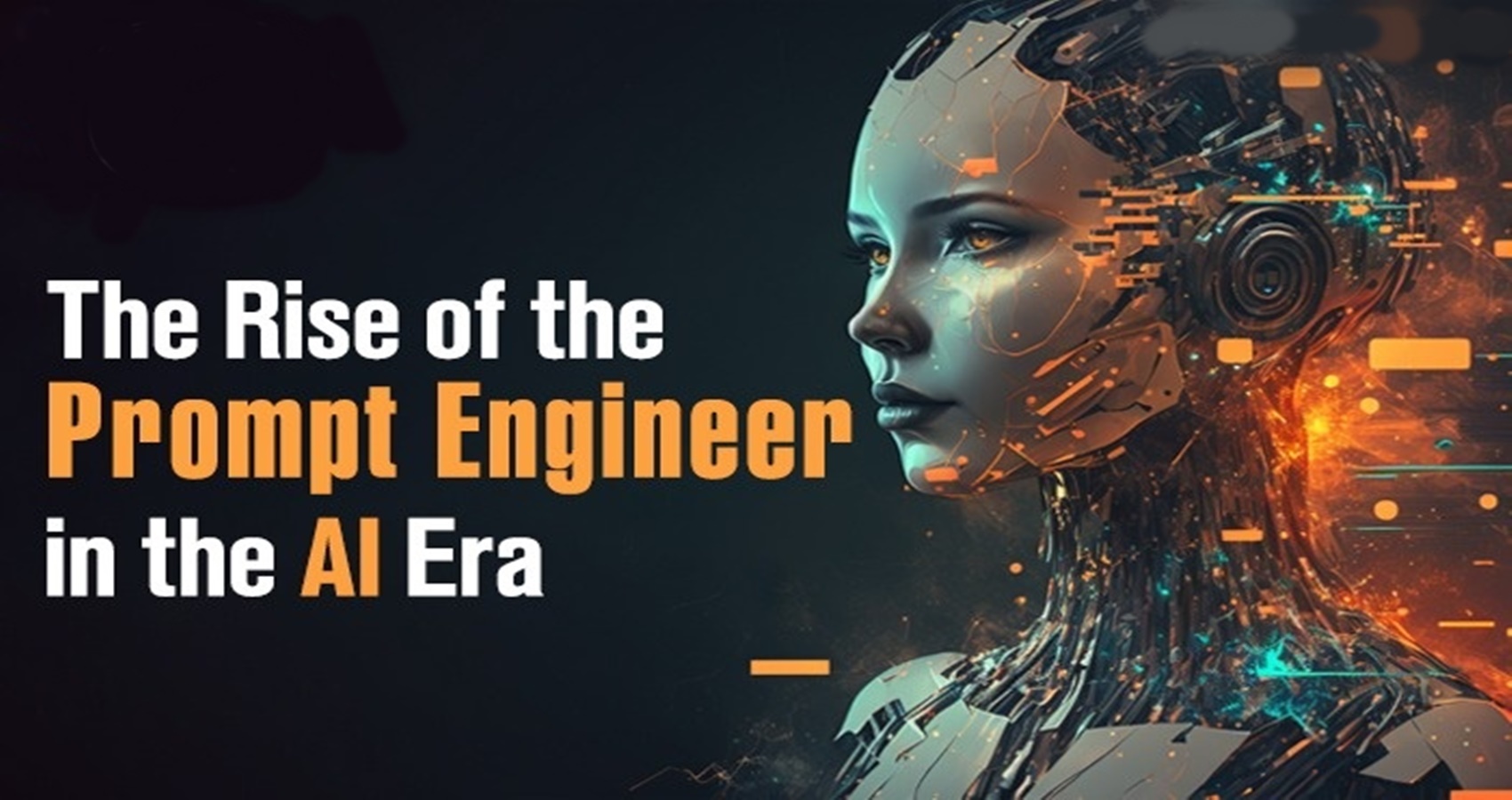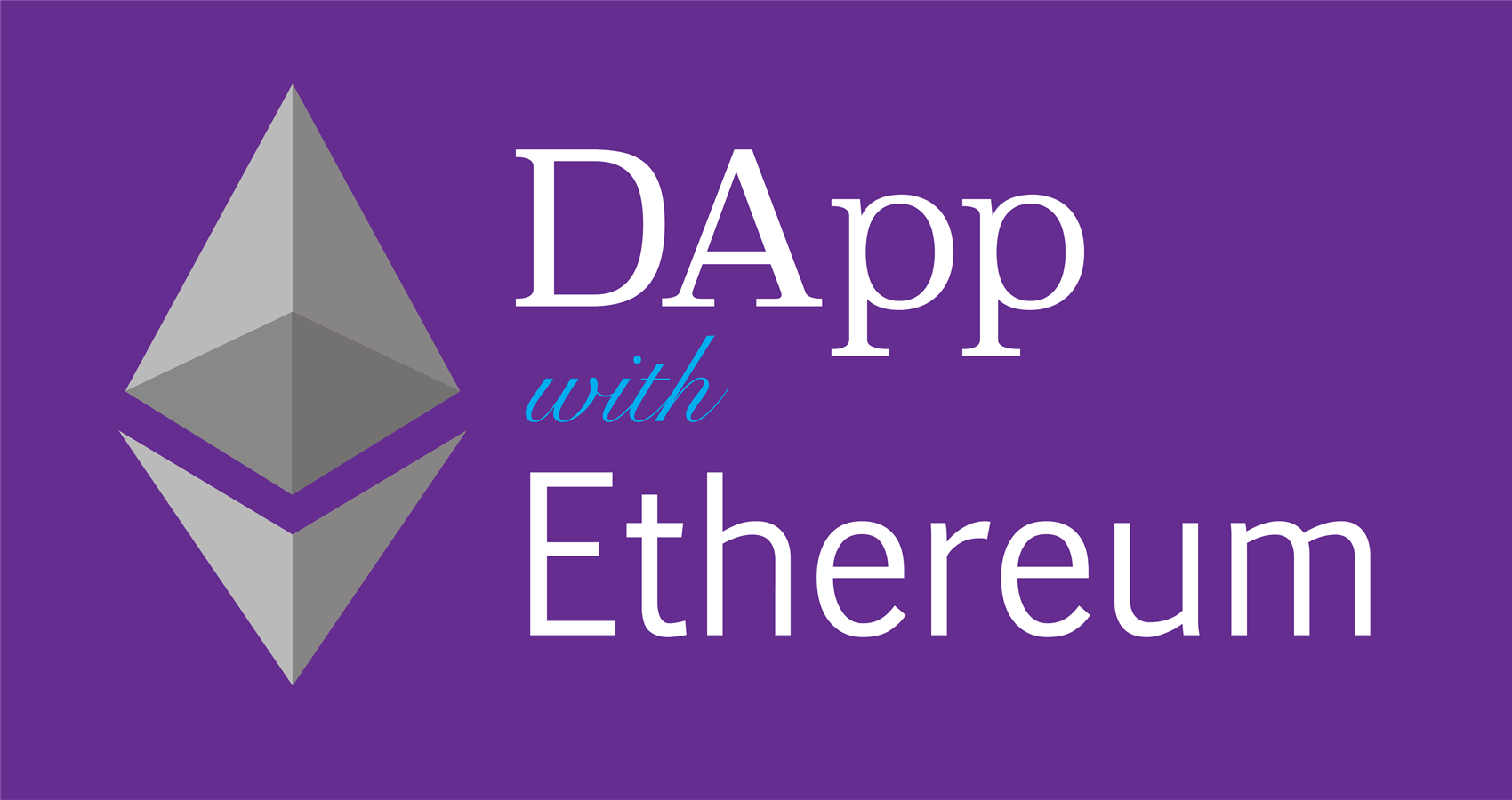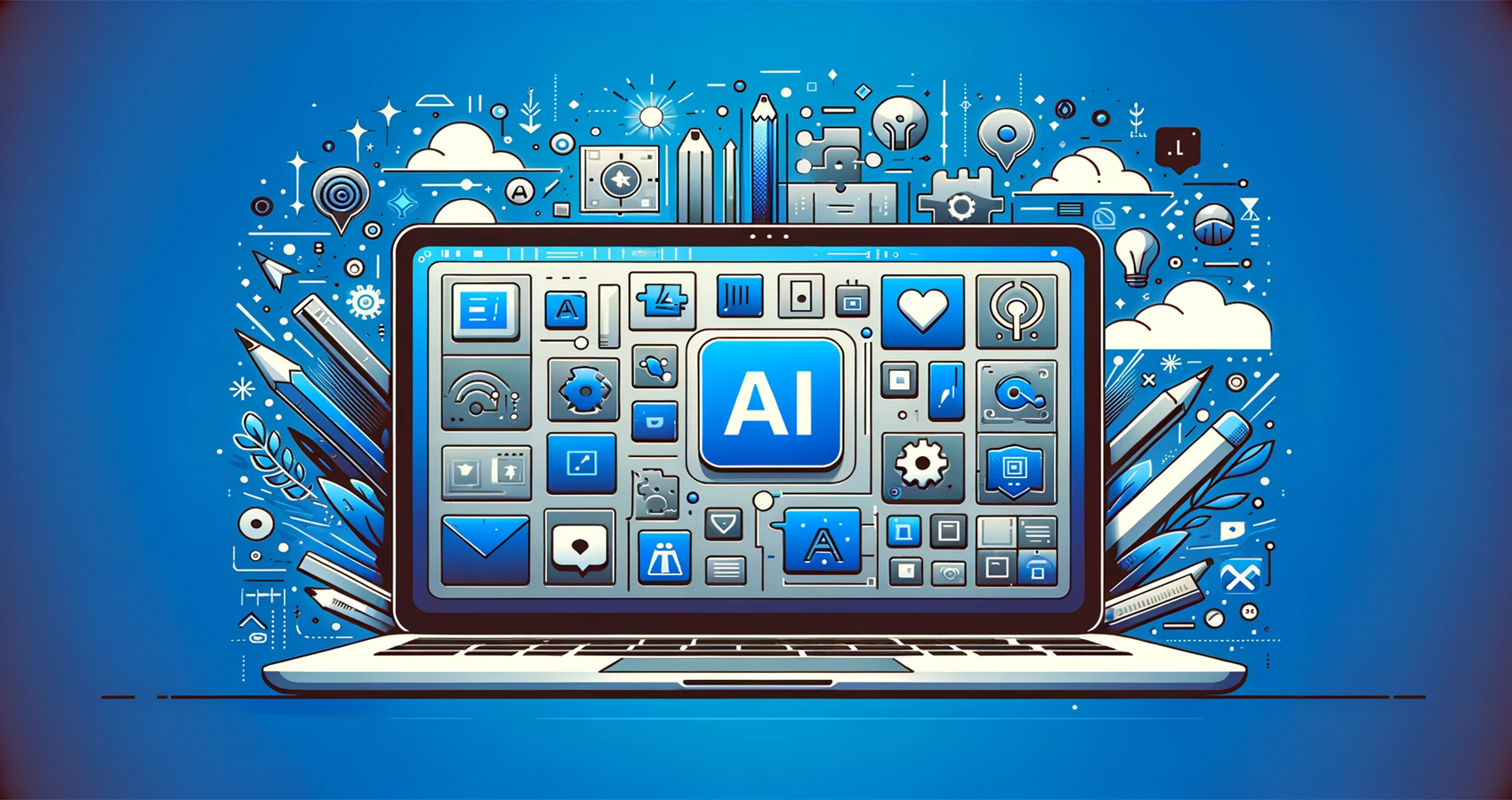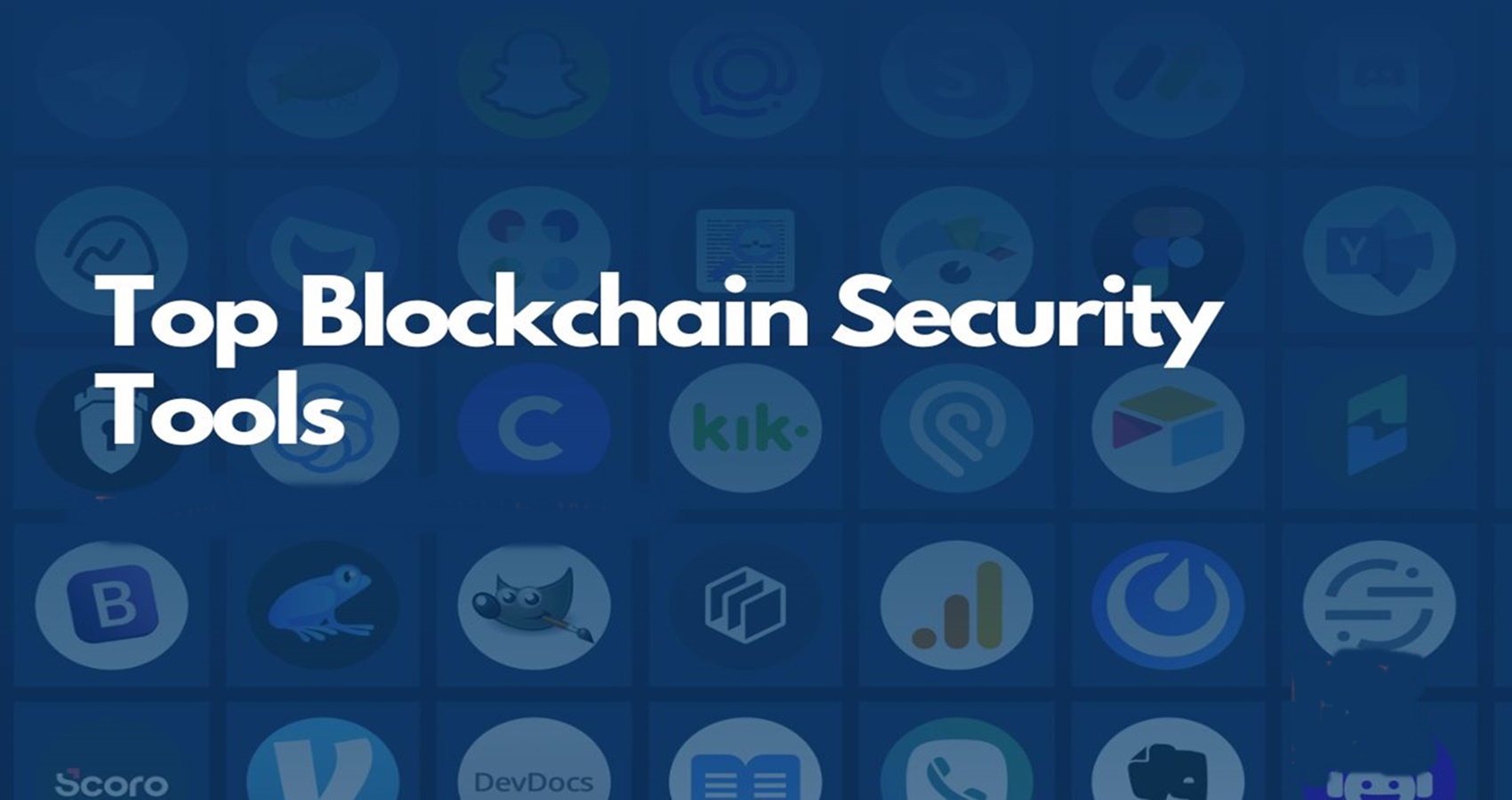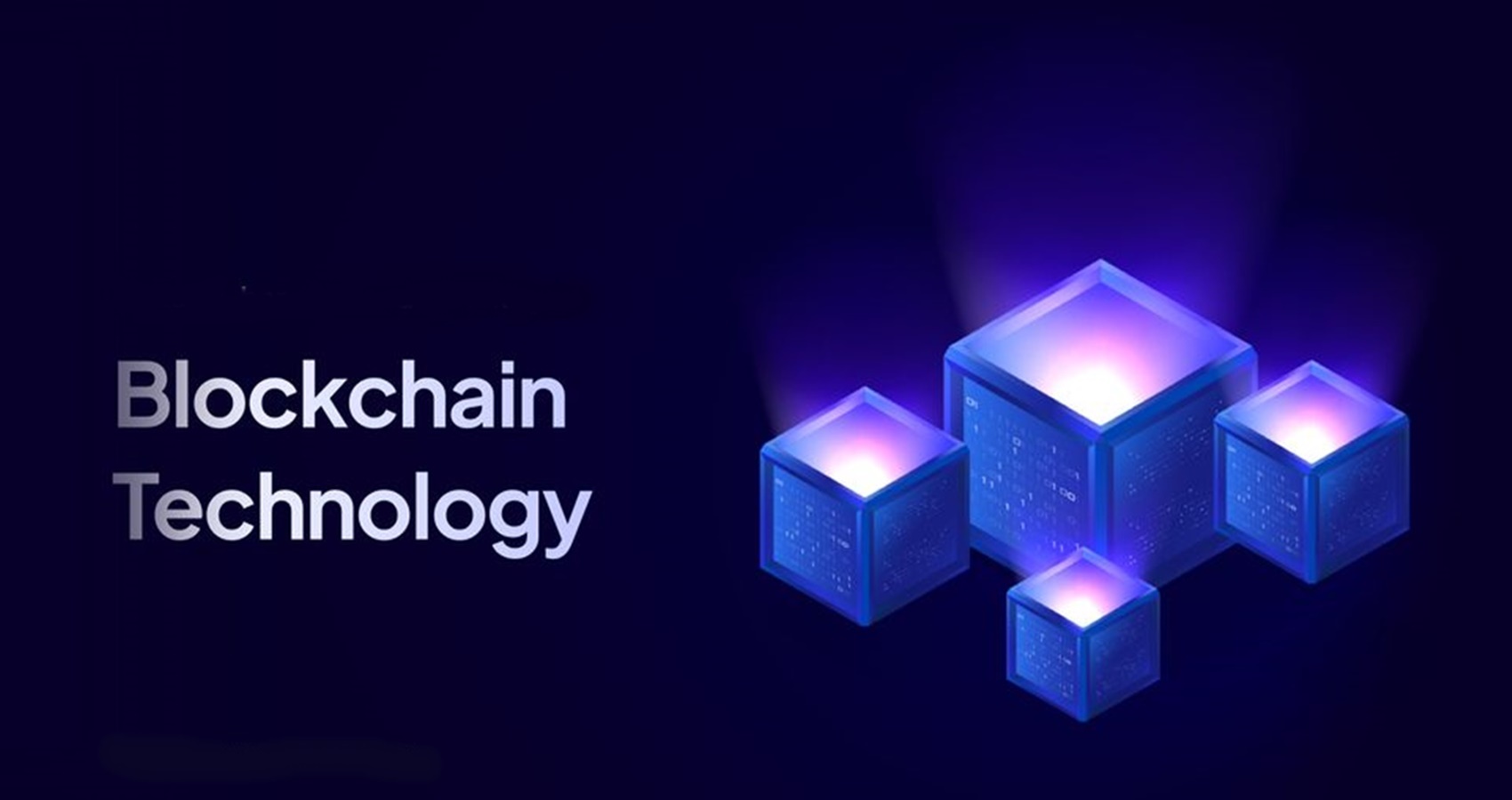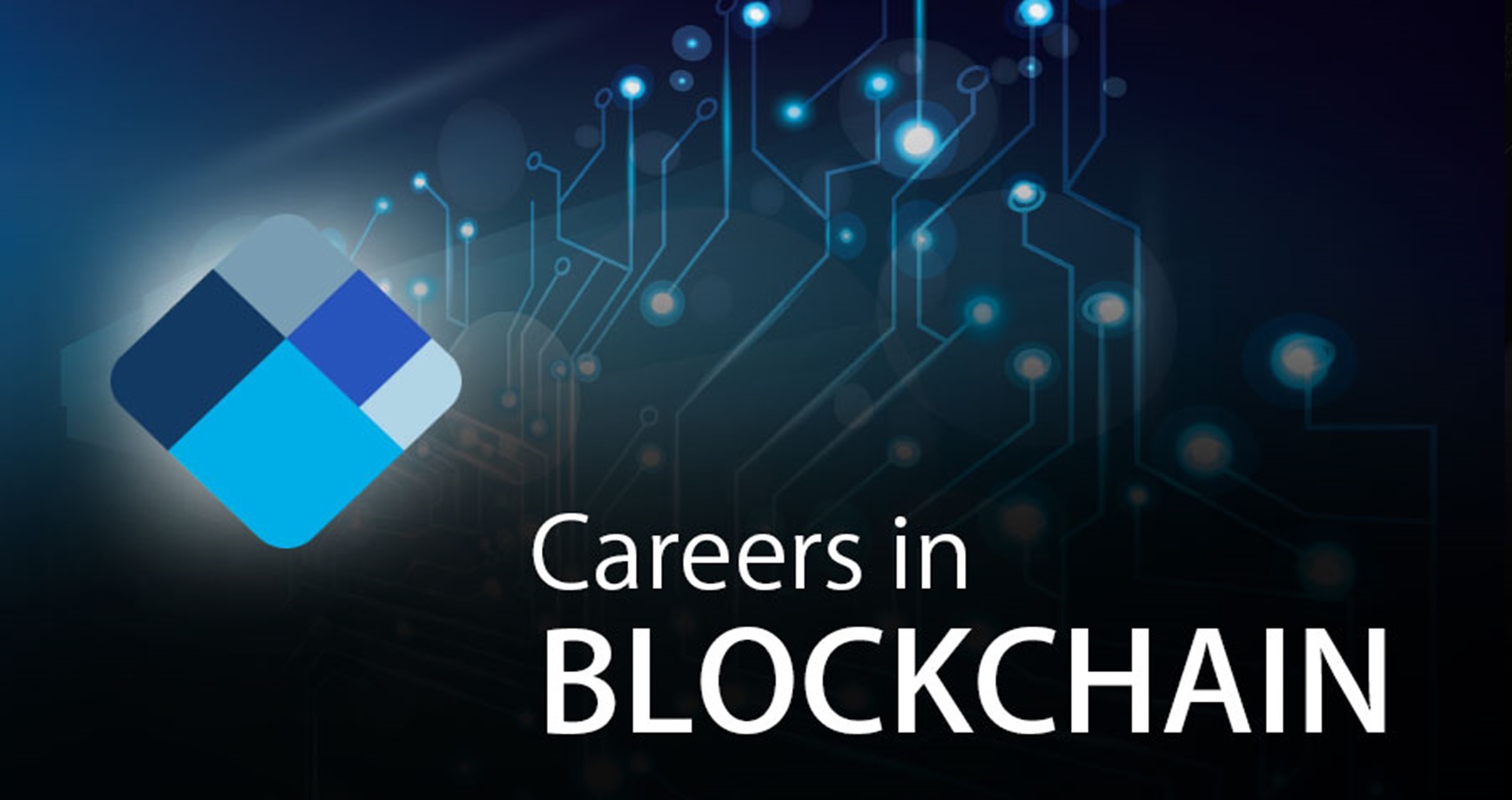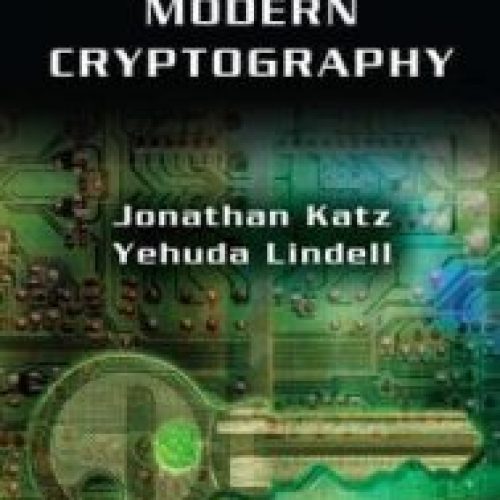The advent of large language models like GPT-3 has opened up new possibilities for web developers to integrate AI capabilities into their projects. Prompt engineering is emerging as a crucial skill for developers to master in order to tap into the power of this technology. This guide explores what prompt engineering involves, its benefits, and tips for web developers to effectively leverage prompt engineering for tasks like content creation, code generation, and more. What is Prompt Engineering? Prompt engineering refers to the crafting of instructions and examples provided to large language models to get the desired output. It is the process of strategically formatting prompts to better direct the AI’s response. Just like how software engineers provide inputs to algorithms, prompt engineers tune prompts to optimize AI performance for specific use cases. With models like GPT-3 now accessible through APIs, prompt engineering unlocks their commercial potential for web developers. Thoughtful prompt design can help reduce limitations around coherence, accuracy and bias in AI. Prompt engineering skills enable developers to incorporate language models into client projects more efficiently. Benefits of Prompt Engineering 1. Automates Content Generation Prompt engineering can auto-generate marketing copy, product descriptions, support articles and other content that human writers would need hours to produce manually. The AI can also customize output based on provided guidelines and parameters. This creates huge time savings. 2. Code Generation and Assistance Developers can use prompt engineering to generate boilerplate code or suggestions to resolve bugs and errors. This boosts productivity when programming. Prompts can also explain code logic in plain language. 3. Dynamic Interactivity With prompt engineering, developers can add advanced conversational abilities to chatbots, virtual assistants, and interactive content. The AI can handle variations in customer queries and provide relevant and natural responses. 4. Insights from Data Prompt engineering allows extracting value from data through auto-generated data analysis and visualization suggestions. This enhances decision making using data analytics. 5. Creativity on Demand Prompt engineering can stimulate creativity for branding, ideation, and problem-solving. The AI delivers creative directions aligned to criteria provided in prompts. Prompt Engineering Tips for Web Developers 1. Provide Examples Provide 3-5 concrete examples that represent the ideal output before your actual prompt. This allows the AI to infer what you are looking for. 2. Use Clear Instructions Prompt instructions should be simple, direct, and specific about the required tone, length, format, and purpose of the output. 3. Iterate and Test Continuously refine prompts based on results. Prompt engineering requires experimentation and patience to achieve optimal performance. 4. Check for Errors Review the AI’s response for incorrect facts, grammar errors, duplicated text and other issues before use. Provide feedback to enhance accuracy. 5. Limit Prompt Length Break down long prompts into logical chunks. Short prompts are processed more efficiently by models like GPT-3. 6. Leverage Available Parameters Fine-tune prompts using available model settings like temperature, top-p, frequency penalty, and presence penalty. 7. Guide Don’t Command Phrase prompts as creative suggestions and gentle guidance. Overly commanding or closed-ended prompts can limit imaginative output. 8. Appeal to the AI’s Capabilities Design prompts that play to the natural strengths of large language models – things like summarization, content expansion, common sense reasoning, and knowledge synthesis. 9. Seed Facts to Enhance Accuracy For content prompts, provide relevant facts and data points to increase accuracy and substantiate points. 10. Make Ethical Choices Ensure prompts promote ethical AI by avoiding harmful stereotypes, toxicity, and misinformation. Specify required ethics where appropriate. Prompt Engineering Use Cases Here are some practical use cases for prompt engineering: The Future with Prompt Engineering As large language models continue to evolve, prompt engineering will become an essential skill for developers. Just as API calls transformed user experiences, prompt engineering allows integrating the power of AI. With smart prompt design, developers can easily automate workflows, engage users, and accelerate innovation. Soon creatively co-piloting models through prompts may become as common as using frameworks and libraries. The future of web development will increasingly leverage prompt engineering to unlock AI’s possibilities.
Building Dapps on Ethereum with React – A Step-by-Step Guide
Decentralized applications, or dapps, are the next evolution in software engineering. Dapps connect users and providers directly via blockchain smart contracts without centralized intermediaries. Ethereum is the leading dapp development platform. With over 3,000 dapps built on Ethereum, it powers a wide range of use cases from DeFi to gaming, identity management, supply chain tracking and more. This comprehensive guide explores how to develop dapps on Ethereum using React, the popular JavaScript library for building interactive user interfaces. Introducing Dapp Architecture A dapp has backend code running on a decentralized peer-to-peer network as opposed to traditional applications where backend code runs on centralized servers. Here are some key attributes of dapp architecture: A dapp also has a frontend user interface typically built using frameworks like React. By combining the power of blockchain and React, innovative dapps can be brought to life. Setting Up the Development Environment To build a React dapp on Ethereum, the required tools are: Additionally, install these JavaScript libraries: Copy code npm install react react-dom ethers web3modal @usedapp/core These will be used later for interfacing React with Ethereum and handling wallet connectivity. Smart Contract Development Smart contracts are backend programs stored on the blockchain that encode business logic and let users interact with the dapp in a trustless manner. Write smart contract code in Solidity based on the dapp’s requirements. Test locally on Ganache to ensure desired functionality. Once confident, deploy the contract to the Ethereum testnets like Rinkeby for further testing. Connecting React with Ethereum On the frontend, use Ethers.js to establish a connection between React and Ethereum networks. Ethers contains useful utility functions like getting a user’s Ethereum account, reading data from the blockchain, sending transactions, and more. Additionally, use the @usedapp/core library which provides handy React hooks for dapps – useEtherBalance, useContractFunction, useCall, etc. These simplify contract interactions. Implementing Wallet Connections To enable users to transact on the dapp through their crypto wallets, integrate Web3Modal. Process the object returned after a user connects their wallet using MetaMask, Coinbase Wallet, etc. Use the Ethereum provider and signer objects within to actually perform transactions via the connected wallet. architecting React Components Architect the React frontend by breaking down the dapp into reusable components. For example, components for connecting a wallet, making transactions, viewing account balance, site header and footer, etc. Use React hooks like useState, useEffect judiciously for component state management and responding to events. Employ CSS styles for an appealing user experience. Testing and Deploying the Dapp Conduct extensive testing on the Rinkeby or Ropsten testnets. Check all functionality and flows work as intended. Debug and fix any issues before mainnet deployment. For the React frontend code, use hosting services like AWS Amplify, Netlify or Vercel. For smart contracts, deploy them on the desired Ethereum main network like Mainnet or one of the layer 2 scaling solutions like Polygon. Make sure users can access the dapp via a domain name. Manage DNS resolution carefully for smooth access. Conclusion By leveraging the combined powers of React and Ethereum, you can develop cutting-edge dapps. React handles the creation of an intuitive user interface while Ethereum provides a resilient, decentralized backend to run code transparently. This step-by-step guide equips you with the knowledge to become a blockchain developer building the future of dapps.
10 Essential Generative AI Tools to Supercharge Your Creativity
Generative AI represents an exciting new frontier, allowing anyone to tap into machine learning techniques for creative expression. New startups in this exploding space are rapidly democratizing the advanced deep learning frameworks behind artistic generative models through easy-to-use interfaces. In this guide, we will explore the top generative AI tools every creative professional should be aware of, along with real-world applications demonstrating their immense potential to augment human creativity. 1. DALL-E 2: Text-to-Image Generation DALL-E 2 by OpenAI can generate amazingly high-quality images and art from textual descriptions through a process known as diffusion, which iteratively refines images to match prompt specifications. The capabilities span realistic imagery, creative interpretations, logo design, and more. Use Cases: Social media & ad creatives, book/album cover designs, product concept illustrations 2. Midjourney: Text and Image Blending Midjourney is an independent generative AI system that combines text prompts with existing images to produce stunning blended visuals. Artists and designers are leveraging it to come up with unique concepts by providing the tool with initial inspiration, images, and descriptive keywords or styles to incorporate. Use Cases: Concept art, storyboard creation, style transfer, landscape generation, puzzle/game design blueprinting 3. Lexica: Text-to-High-Res Image Generation Lexica AI generates lifelike 1024×1024 images matching text prompts through its cutting-edge CLIP-Guided Diffusion technique, optimized to run efficiently even on consumer laptops without the need for cloud credits. It delivers photo-realistic portraits, landscapes, and creative compositions with impressive fine-grained detail. Use Cases: Personal/commercial digital artwork, book illustrations, advertising banners/visuals 4. Jasper: Text-to-Video Generation Jasper transforms typed content into high-definition video complete with voice narration, imagery, and background music aligned to the script context. Users can guide length, language, and style for professional video outlines without any editing skills. Use Cases: Sales/explainer presentations, commercial/advertisement storyboarding, training modules 5. Anthropic Claude, Conversational AI Writing Assistant Claude is a highly advanced conversational AI assistant created by Anthropic to collaborate on writing across topics, providing outlines, suggestions, grammar and style corrections, and Q&A interactions leveraging supervised learning focused exclusively on safe usage. Use Cases: Essay drafting, email/document proofreading, creative fiction ideation, technical paper Q&A and feedback 6. Quill: Contextual Writing Augmentation Quill by Anthropic generates linguistically varied paragraphs, continuing an existing piece of writing while staying true to the overall contextual meaning. Writers leverage Quill as an idea generation tool for removing blocks during drafting stages or even extending final pieces. Use Cases: Blog ideation, story/novel drafting, song lyric creation, stand-up comedy script continuity 7. Entopy DX Studio: Generative Music Maker Entopy allows anyone to become a music producer through its AI suite to inspire, co-create, and master original songs. It assists across melody writing, instrumentation, structure arrangement, remix creation, and final mastering based on customized genre selections and moods. Use Cases: Background soundtracks, music apps, branded ad jingles, video scene scoring 8. Lexy: AI-Assisted Coding Lexy by Anthropic helps software engineers by auto-completing lines of code across multiple languages using supervised learning focused specifically on coding assistance without unwanted generation. Engineers can describe logical functions in human language for Lexy to translate into proper scripts. Use Cases: Prototyping automation scripts, debugging suggestions, bolstering own coding capabilities 9. Creative ML Open-Domain Playground Google’s Playground Experiments platform contains ML prototypes like Imagen Video and Audio Visualizer, covering fun sensory translations, allowing users to visualize object descriptions as imagery, convert hums into musical works, and more in a casual sandbox environment. Use Cases: Recreational sensory experimentation 10. Designs AI: Graphic Design Generator DesignsAI delivers original fonts, color palettes, patterns, and layouts in popular design formats like PNG, SVG, and Adobe Creative Cloud through AI that designers can further adapt as starting points matching brand needs across logos, banners, ads, merchandise, packaging, presentations, and more. Use Cases: Design inspiration, ideation acceleration, creative drafting efficiency improvements Real-World Impact on Industries As these human-AI creative co-creation tools continue advancing, some of the practical transformations we will see across sectors include: Implementation Challenges Despite the promise, some challenges for mainstream integration involve: Conclusion Generative AI unlocks new creative possibilities through emerging deep learning techniques which humans can now easily access through intuitive tools to augment their productive output across writing, visual arts, music, code, and design disciplines. As startups continue democratizing cutting-edge AI algorithms into widely usable interfaces, generative models represent the next major platform capability that users across sectors can already start adopting in their workflows, enabling unparalleled amplification and channelization of creative thinking at scale.
A Comprehensive List Of Blockchain Security Tools
Blockchain technology has revolutionized various industries with its inherent security features and decentralized architecture. However, like any other system, blockchains also have vulnerabilities that can be exploited by hackers to steal funds or data. This is why a robust set of blockchain security tools and auditing protocols are critical to protect blockchain-based systems. In this comprehensive guide, we will explore some of the most widely used blockchain security tools across categories like network monitoring, bug detection, smart contract auditing, and more. Network Monitoring Tools Monitoring the overall health and performance of a blockchain network is crucial to identify issues or attacks in real-time. Here are some key tools used for blockchain network monitoring: 1. Alethio Alethio provides in-depth analytics into Ethereum and other EVM-based networks. It enables easy monitoring of transactions, smart contracts, tokens, accounts, and other on-chain activity through interactive dashboards. Users can also set custom alerts for critical events. 2. Bloxy Bloxy offers a suite of blockchain explorers and analytics tools for networks like Ethereum, BSC, Polygon, Avalanche, and Arbitrum. It tracks basic network stats, gas fees, whale activity, NFT trades, token transfers, and more to uncover market trends. 3. Nansen Nansen leverages machine learning and proprietary clustering algorithms to provide meaningful insights from blockchain data. It summarizes on-chain metrics for assets and protocols to analyze adoption, track developer activity, spot fraudulent tokens, and more. 4. Dune Analytics Dune is an open analytics platform that transforms Ethereum blockchain data into an easy-to-use SQL database. Users can write custom queries or interact with pre-built dashboards to analyze transactions, balances, contracts, and other metadata. Bug Bounty and Vulnerability Detection Bug bounty programs incentivize ethical hackers to find vulnerabilities in blockchain systems and responsibly disclose them before bad actors can exploit them. Here are some popular blockchain bug bounty platforms: 1. Immunefi Immunefi operates dedicated bug bounty programs for popular DeFi protocols and blockchain platforms. Whitehat hackers can earn rewards up to $2 million for critical protocol vulnerabilities. Over $40 million in bounties have been paid out so far across projects. 2. Code4rena Code Arena manages short bug bounty programs called Cyber Games for Ethereum, Polygon, and Gnosis chain projects. Each game has specific focus areas and offers rewards up to $30k to security researchers for uncovering issues. 3. Gitcoin Alongside its crypto crowdfunding platform, Gitcoin also runs public bug bounty programs with tiered rewards proportional to vulnerability severity. Multiple blockchain networks and over 250 projects including Uniswap and Compound are currently supported. 4. HackerOne ClearForce ClearForce by HackerOne manages private and invite-only bug bounty programs with NDAs that follow a coordinated disclosure process. It partners with several crypto businesses to get their applications and smart contracts audited discreetly by skilled hackers. Smart Contract Security Tools Smart contract exploits have consistently been the largest crypto threat vector with over $2 billion stolen in 2022 alone, as per Chainalysis. Here are some must-have tools for smart contract security audits and vulnerability assessments: 1. MythX MythX offers smart contract audits, fuzzer testing, and pen-testing services to uncover dangerous coding errors in Ethereum and Polygon contracts. It uses symbolic execution, taint analysis, control flow checking and other advanced tools across audits. 2. Slither Slither is an open-source static analysis framework written in Python for inspecting Solidity smart contracts. It uses taint analysis and data flow tracking to uncover common vulnerabilities with minimal false positives. 3. Oyente Oyente analyzes Ethereum smart contract bytecode to detect potential security issues through symbolic execution and path exploration. It flags transactions that could trigger vulnerabilities by modeling various execution paths. 4. Securify Securify scans smart contracts to generate security warnings grouped by risk level. It has custom compliance checks for issues like locked funds, leakage of secrets, manipulation of control flow, integer overflow, etc. that are missed by standard tools. Blockchain Security Services and Protocols Alongside tools, blockchain-native security services and protocols also play a key role in protecting users and instituting robust safeguards against risks like fraud and data leaks. 1. CertiK Chainproof Chainproof by CertiK leverages decentralized validity proofs to enable L1 chains and L2s to exchange safety, security and correctness proofs in a trustless manner. This expands the protection guarantees for cross-chain applications. 2. AnChain.AI AnChain.AI specializes in blockchain and Web3 security services powered by AI and big data analytics. It offers real-time Web3 threat intelligence, transaction monitoring, wallet forensics and risk management for crypto businesses. 3. Harbor Chain Analysis Tool Harbor’s Chainanalysis tool traces on-chain data to generate risk scores for crypto users and transaction paths by evaluating historical behavior. It flags high-risk counterparties and activates warnings for anomalous activity to mitigate bad actors. 4. Esse.Network attestation protocol The Esse.Network attestation protocol enables users to request trusted attestations to validate claims about identity, credentials, and online activity using a decentralized network of validators. Dapps can use attested data to evaluate risks. Wallet Security Tools Crypto wallet hacks were the leading Web3 threat in 2022, with $3 billion stolen from DeFi protocols and CeFi platforms, according to Chainalysis. Here are essential tools to secure crypto wallets: 1. MetaMask Security Guidelines Metamask itself has comprehensive internal security processes. Beyond strong passwords, users should enable account encryption, customize privacy settings and always verify sites and transactions to stay protected against phishing. 2. Gnosis Safe Multisig Gnosis Safe enables users to store crypto funds in high-security multi-signature wallets instead of trusting one private key. Transactions require approval from a predefined number of wallet owners to get executed making user funds more resilient to theft. 3. Arkane 2FA/FIDO The Arkane web3 wallet provides institutional-grade security protections including support for hardware keys, 2FA/MFA authentication and FIDO/WebAuthn compliance for passwordless logins to guard user funds against unauthorized access. 4. Token Approval Checker Token Approval Checker is a handy tool that scans tokens in a user’s wallet to identify and revoke unnecessary unlimited token approvals that could put their funds at risk if the smart contract gets compromised. Blockchain Forensics Tools Blockchain forensics tools piece together on-chain transaction histories from scrambled pseudonymous
How Blockchain Technology Enables Secure Data Sharing for Organizations
Data silos have long been a roadblock for many organizations. Critical information often resides in disparate systems and databases, making it difficult to access and analyze the data holistically. This leads to inefficient workflows, limited visibility, and missed opportunities to extract value from data. Blockchain technology offers an innovative solution to break down data silos and enable secure data sharing between organizations. What is blockchain? A blockchain is a distributed digital ledger that records transactions in a verifiable and permanent way. It is decentralized, meaning no single entity controls it. The data recorded on a blockchain is shared among all participants in a network. Any changes made to the blockchain are immediately reflected to all participants through distributed consensus. This makes tampering with or corrupting the data extremely difficult. Key Benefits of Blockchain for Data Sharing There are several key benefits that make blockchain ideal for enabling data sharing: Key Use Cases for Organizations Organizations across many industries explore and implement blockchain-based data sharing for various use cases. Supply Chain Management Blockchain enables real-time tracking of products and materials as they flow through global supply chains. All stakeholders access the same data on shipment locations, conditions, authentication, and more. This brings unprecedented transparency and efficiency to supply chain networks. Healthcare Patient medical records can be stored securely on blockchains. This consolidates health data into a single shareable view that providers can access with patient consent. Blockchain supports healthcare data privacy regulations. Financial Services Banks, insurers and regulators can seamlessly share customer KYC (know your customer) data via blockchain while preserving privacy. This reduces duplication, costs and errors compared to traditional fragmented KYC processes. Government Agencies can leverage blockchain to share data with each other and citizens. Use cases include benefit processing, voting records, land registries, and identity management. Blockchain enables transparency and trust in public services. Media & Entertainment Blockchain lets rights holders share digital assets and track content usage, access, and monetization. It provides an auditable record of IP licensing transactions. Implementing Blockchain for Data Sharing Deploying blockchain for data sharing requires careful planning: The Future with Blockchain As blockchain adoption advances, data silos will be dismantled within and between organizations. Companies will share data while ensuring security and privacy. This open and collaborative blockchain-powered data environment will enable innovation and new value-creation opportunities.
Blockchain Careers: Exploring Opportunities in a Growing Field
Blockchain technology has exploded in popularity and adoption over the past decade. What started as the foundation for cryptocurrencies like Bitcoin has evolved into enterprise-scale platforms that promise to transform industries from finance and healthcare to real estate and supply chains. This rapid growth has generated tremendous demand for blockchain developers and specialists across a variety of roles. For those interested in entering the space, there are exciting career opportunities with competitive salaries given the specialized skillsets required. This article explores the emerging landscape of blockchain careers. The Rise of Blockchain Blockchain is essentially a distributed database that maintains a continuously growing list of records called blocks. It utilizes cryptography and consensus mechanisms to enable untrusted parties to jointly store and transmit data in a verifiable manner. Some key benefits of blockchain include decentralization, transparency, security and automation of business processes. Since its origins with Bitcoin in 2009, both public and private enterprise blockchain networks have been built using platforms like Ethereum, Hyperledger Fabric, R3 Corda and more. The technology has promising applications in banking, insurance, supply chain management, medical records, government registers and beyond. Fueling the Growth in Jobs As blockchain adoption spreads, there has been an exponential increase in demand for qualified talent to develop, implement, secure and maintain blockchain systems. According to LinkedIn’s 2020 emerging jobs report, blockchain was the #1 fastest growing job category with over 33% year-over-year growth. Large companies like IBM, JPMorgan, Microsoft, Amazon and Facebook have been ramping up hiring and actively seeking blockchain experts. Startups are also proliferating in the space, further driving recruitment. Supply has not kept up with demand, so blockchain careers offer attractive prospects. Key Blockchain Roles and Responsibilities Here are some of the most common and high potential blockchain roles: Blockchain Developer: Design, build and optimize blockchain protocols and architectures for scale and security. Integrate networks with legacy systems. Knowledge of programming languages like Java, Python, Rust and Solidity is required. Blockchain Quality Engineer: Create test cases, conduct security audits, identify software bugs, and ensure solutions meet requirements. Must have hands-on technical expertise across blockchain platforms. Product Manager: Define the product vision and roadmap. Gather business requirements, prioritize features, and collaborate with engineering and sales teams for delivery. Blockchain Legal Consultant – Provide guidance on legal considerations such as regulations, compliance, smart contracts, and data privacy for blockchain implementations. Requires both tech and legal backgrounds. Blockchain Project Manager: Scope, plan, and execute blockchain initiatives. Coordinate internal and external resources to meet deadlines and objectives within budget. Strong leadership skills are vital. Blockchain Sales Manager: Educate prospects and grow adoption of blockchain-based products and services. Requires both business and technical savvy. Blockchain Security Engineer: Implement and monitor security controls, protocols, and standards to ensure confidentiality, integrity and availability of blockchain assets and transactions. Skills and Background Needed While specific skills depend on the role, there are some common blockchain competencies employers look for: Education and Training Options Many seekers enter the blockchain arena from adjacent fields like software development, cybersecurity, financial services and management consulting. Some ways to gain required knowledge include: The Outlook for Blockchain Careers Based on high demand and short supply, blockchain careers offer bright prospects. According to Glassdoor, the average base pay for blockchain developer and engineer roles in the US is $82K – $157K. Salaries at technology companies and startups also include substantial equity compensation. With fast growth projected in the coming years, the blockchain job market provides excellent opportunities for skilled individuals to enter the space. Blockchain is driving transformation across industries, and qualified talent is key to realizing its full disruptive potential. For motivated learners with both business and technology skills, it is an exciting time to explore blockchain careers.

